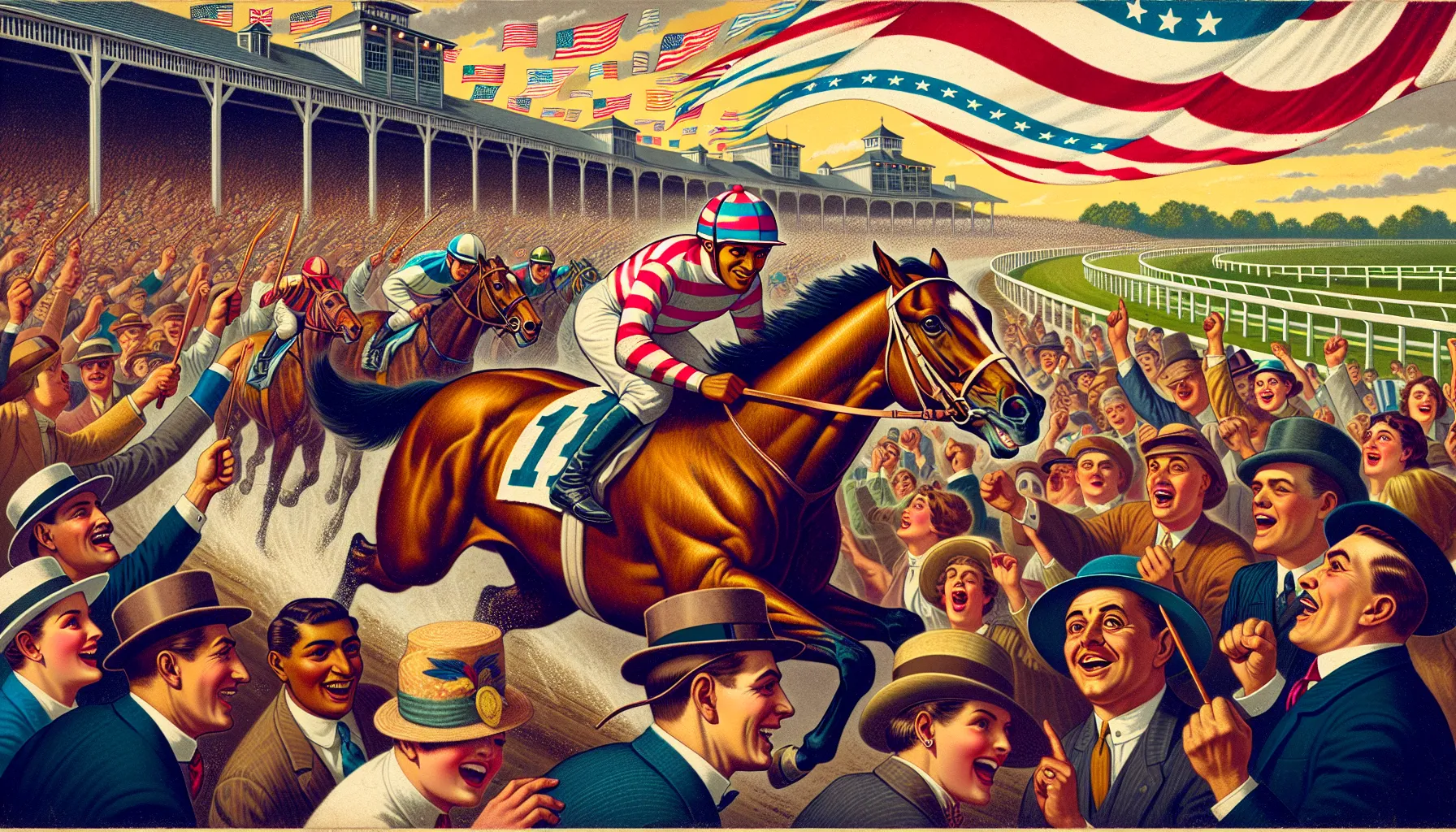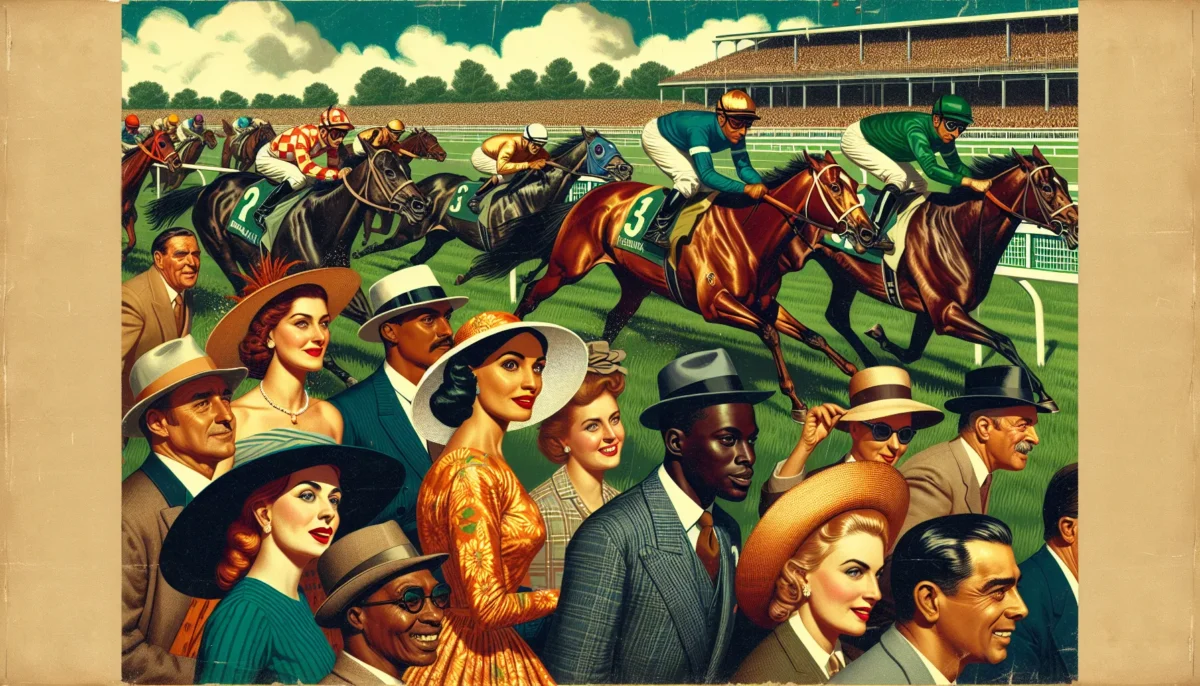Horse racing has captivated audiences for centuries, blending tradition, competition, and excitement into one thrilling spectacle. Whether you’re a fan of the sport or just curious, you might wonder which country boasts the most horse racing courses. The answer isn’t as straightforward as you’d think and reveals just how deeply rooted this sport is in some cultures.
From sprawling tracks in the countryside to iconic urban venues, horse racing courses are scattered across the globe. Some nations have turned this sport into a cultural cornerstone, with hundreds of tracks hosting races year-round. But which country truly leads the pack when it comes to the number of courses? Get ready to explore the fascinating world of horse racing and uncover the surprising leader in this high-stakes competition.
Overview Of Horse Racing Around The World
Horse racing exists across all inhabited continents, showcasing diverse traditions and formats. From flat racing to steeplechases, countries offer distinct styles influenced by their cultural and historical contexts.
The United States operates thousands of tracks, including major venues like Churchill Downs in Kentucky. Australia, with its strong equestrian culture, hosts widespread courses, especially in rural areas, alongside international events like the Melbourne Cup. Japan’s modern tracks, such as Tokyo Racecourse, draw massive crowds due to its popularity in betting and entertainment. The United Kingdom is known for prestigious races like the Grand National, exemplifying its rich history in the sport.
Smaller nations, such as New Zealand, Ireland, and the UAE, also contribute significantly to global horse racing. These countries often emphasize breeding and unique race conditions, enhancing the global diversity of the sport.
The Country With The Most Horse Racing Courses

The United States holds the distinction of having the most horse racing courses globally. With an extensive network of tracks, the country’s infrastructure reflects its deep-rooted passion for the sport.
Key Features And Statistics
The United States has over 300 horse racing tracks, significantly more than any other country. Notable venues include Churchill Downs, Belmont Park, and Saratoga Race Course. These tracks host some of the world’s most prestigious races, including the Kentucky Derby and the Belmont Stakes. The geographic spread of these courses ensures accessibility, covering both urban hubs and rural areas. Across these tracks, races range from flat racing to quarter horse events, offering diverse racing experiences.
Popularity Of Horse Racing In This Country
Horse racing is among the most popular sports in the United States, partly due to its connection to betting. Tens of millions of spectators attend races annually, with key events drawing global audiences through broadcasts. Racing contributes significantly to local economies, as evidenced by the high levels of employment in breeding, training, and racing industries. Iconic races like the Kentucky Derby attract international attention, highlighting the enduring enthusiasm for the sport.
Other Countries With Notable Horse Racing Courses

Horse racing thrives in several nations, reflecting deep cultural traditions and unique racing experiences. These countries showcase their rich equestrian heritage and contribute to the sport’s global diversity.
A Look At Their Horse Racing Heritage
France holds a prominent position with its centuries-old horse racing culture, highlighted by the prestigious Prix de l’Arc de Triomphe at Longchamp Racecourse. The country’s focus on breeding high-quality Thoroughbreds complements its racing tradition.
Ireland, synonymous with both flat and jump racing, is renowned for contributing elite horses and jockeys globally. Iconic events include the Irish Derby at Curragh Racecourse and the Punchestown Festival.
In the Gulf region, the United Arab Emirates (UAE) stands out with luxurious tracks like Meydan Racecourse. The Dubai World Cup attracts international entries and reflects the UAE’s rapid development in horse racing.
Comparison Of Course Numbers And Diversity
While the United States leads in total number of courses, countries like Australia and the United Kingdom follow with extensive networks of tracks catering to diverse race types. Australia boasts over 300 tracks, focusing on flat racing, with a particular emphasis on rural accessibility.
In contrast, the United Kingdom prioritizes tradition, offering around 60 racecourses. These venues, such as Epsom Downs and Cheltenham, host both flat races and steeplechases, balancing history and competition.
Japan, with approximately 25 major tracks, showcases efficiency and modernity. Courses like Nakayama and Hanshin feature state-of-the-art facilities and attract large crowds, emphasizing betting as a cultural aspect.
These nations’ varying numbers and types of courses demonstrate how different landscapes, preferences, and traditions shape the global horse racing scene.
Factors Behind The High Concentration Of Courses

Horse racing thrives in certain countries due to a mix of historical, economic, cultural, and strategic factors. These elements influence the development and maintenance of numerous courses designed to meet regional demands and traditions.
Cultural Significance
Horse racing often reflects a nation’s traditions and social fabric. In countries like the United States and the United Kingdom, its deep-rooted history contributes to its prominence. Annual events like the Kentucky Derby and Royal Ascot draw millions, perpetuating interest through extensive media coverage. Equestrian traditions in nations such as Australia and Ireland strengthen community bonds, with local races held alongside international events. This cultural connection encourages the creation and upkeep of numerous tracks, accommodating diverse racing formats.
Economic And Infrastructure Contributions
Horse racing significantly supports local and national economies where it’s prominent. In the U.S., it generates millions in revenue through betting, sponsorships, and attendance. The availability of expansive land also facilitates the construction of both urban and rural courses, ensuring geographic alignment with demand. Countries like Japan invest in modern infrastructure, attracting global audiences with well-designed facilities like Tokyo Racecourse. Additionally, racing sectors create jobs across breeding, training, and event organization, justifying the maintenance of expansive networks in nations with strong industry focus.
The Global Impact Of Horse Racing
Horse racing influences economies, cultures, and industries worldwide, extending beyond the tracks. Its global appeal fosters connections between nations through events, tourism, and trade.
- Economic Contributions: The horse racing industry generates billions annually, with countries like the U.S., Japan, and the UK benefiting from betting markets, sponsorships, and tourism. Prestigious events such as the Kentucky Derby, Melbourne Cup, and Royal Ascot boost local economies by attracting international visitors and media.
- Cultural Significance: Horse racing holds deep roots in many societies, reflecting history and tradition. The UK preserves its heritage through iconic races like the Grand National, while events such as the Dubai World Cup symbolize luxury and modernity, engaging affluent audiences globally.
- Breeding and Training: Breeding programs, primarily concentrated in Ireland, the U.S., and Australia, supply elite horses to meet global demand. Training hubs, like Newmarket in the UK and Lexington in the U.S., enhance the prestige and reach of the racing industry.
- Tourism and Global Events: International events highlight horse racing’s worldwide integration. The Prix de l’Arc de Triomphe in France and Japan Cup attract spectators and punters globally, illustrating the sport’s diverse appeal and its role in promoting international tourism.
This interconnected network emphasizes the sport’s influence across continents, tying economic prosperity with cultural identity.
Conclusion
Horse racing remains a captivating sport that transcends borders, blending tradition, competition, and cultural significance. Each country brings its unique flavor to the global racing scene, yet the United States stands out with the highest number of courses, showcasing its deep-rooted passion for the sport.
From iconic events to local tracks, horse racing continues to unite communities, drive economies, and celebrate equestrian excellence. Whether you’re drawn to the thrill of the races or the history behind them, the sport’s global presence offers something for everyone to enjoy.
Frequently Asked Questions
Which country has the most horse racing courses?
The United States has the most horse racing courses globally, with over 300 tracks. Iconic venues include Churchill Downs, Belmont Park, and Saratoga Race Course.
Why is horse racing so popular in the United States?
Horse racing in the U.S. is popular due to its rich tradition, widespread accessibility, connection to betting, and iconic events like the Kentucky Derby that attract millions of spectators.
What are some famous horse racing venues in the world?
Notable global venues include Churchill Downs (USA), Meydan Racecourse (UAE), Tokyo Racecourse (Japan), Ascot Racecourse (UK), and Flemington Racecourse (Australia).
What types of horse racing exist?
The most common types of horse racing are flat racing and steeplechase racing. These formats vary by country but showcase the sport’s diversity.
Which countries have the strongest horse racing traditions?
Countries with strong horse racing traditions include the United States, the United Kingdom, Australia, Japan, Ireland, and the UAE, each offering distinct formats and prestigious events.
How does horse racing impact local economies?
Horse racing contributes to local economies through betting, sponsorships, tourism, and job creation in breeding, training, and event management.
What are some prestigious global horse racing events?
Prestigious races include the Kentucky Derby (USA), Melbourne Cup (Australia), Grand National (UK), Dubai World Cup (UAE), and Prix de l’Arc de Triomphe (France).
Why is Japan significant in horse racing?
Japan stands out for its modern horse racing infrastructure, popular betting culture, and events like the Japan Cup, attracting local and global audiences.
How does horse racing reflect cultural significance?
Horse racing reflects cultural heritage by showcasing traditions, history, and regional pride. Iconic events like the Royal Ascot and the Melbourne Cup symbolize this connection.
Which factors influence the distribution of horse racing courses?
The number of horse racing courses in a country depends on its historical, cultural, and economic focus on the sport, as seen in the U.S. and Australia.
